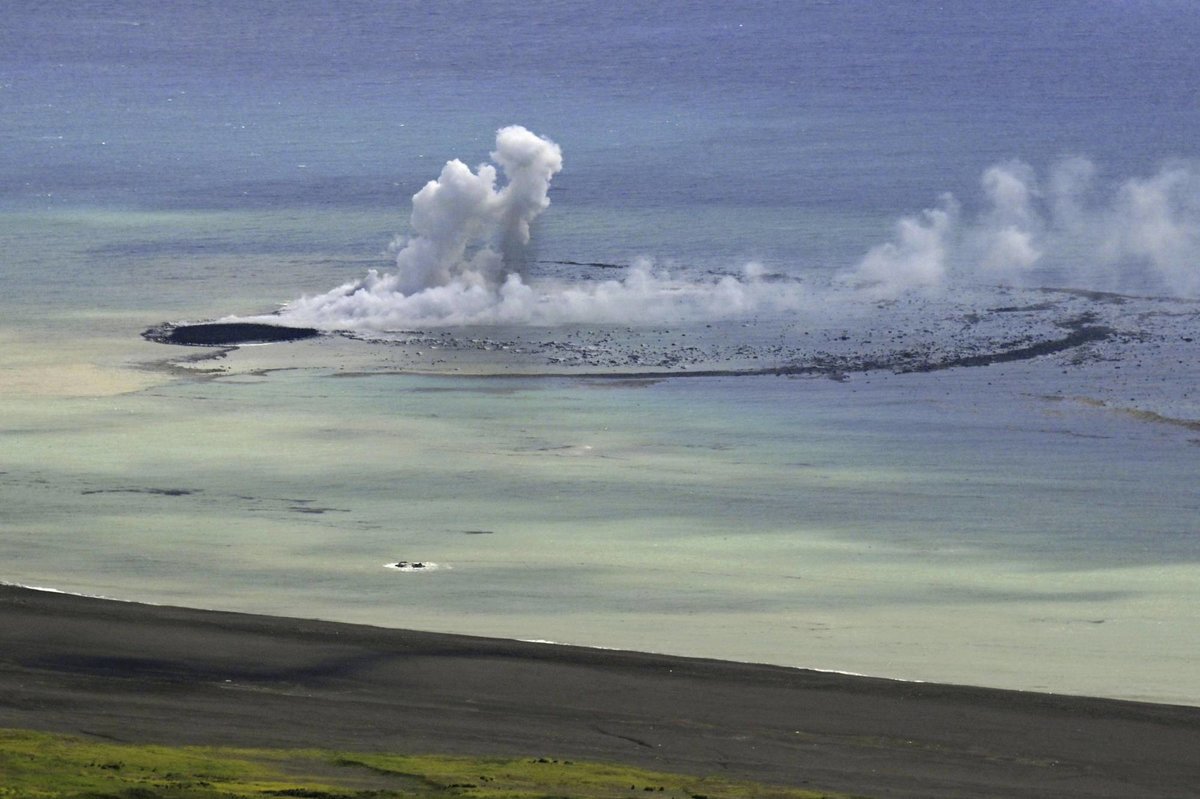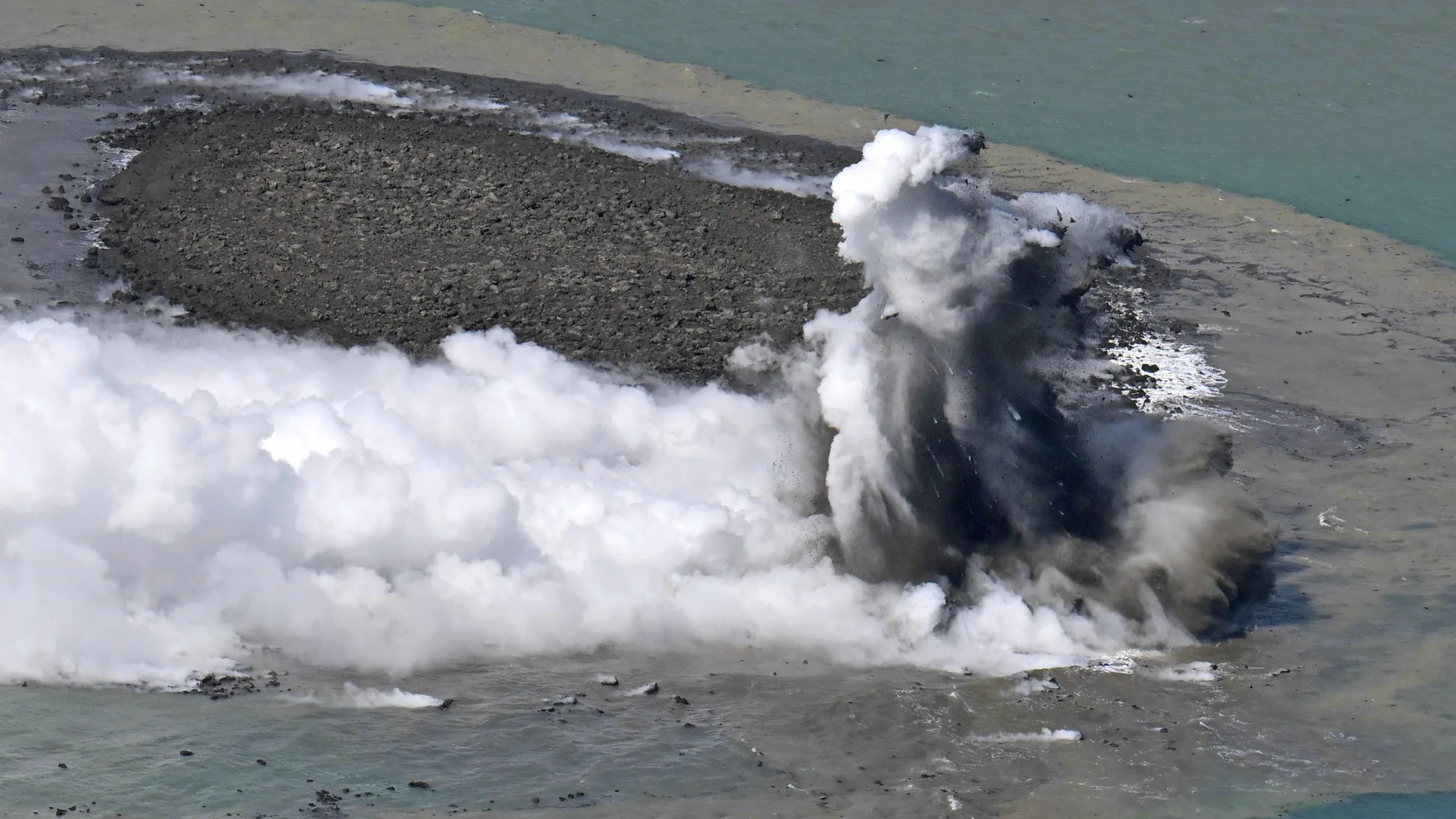Okay, so last October, an underwater volcano decided to go all out near Japan Ogasawara islands, blasting ash and smoke into the sky. By November, surprise surprise, a brand-new chunk of land about 100m across popped up near Iwoto island (or what used to be called Iwo Jima).
Now, this would’ve been big news, but in Japan? Eh, not so much. See, Japan’s sitting smack in the middle of the Ring of Fire, making it the most earthquake-y country on Earth. They’ve got about 10% of all the live volcanoes on the planet and deal with a whopping 1,500 earthquakes every year. So yeah, Japan’s like a science lab for big geological stuff. And that’s not just about their landscape; it’s shaped their whole way of seeing things.
Nature’s Wild Ride in Japan
Japan’s basically a bunch of islands, with four big ones connected by bridges and those speedy bullet trains. But get this: there are over 14,000 islands in Japan. Yeah, 7,000 new ones just showed up this year alone! Volcanoes under the sea often toss up these fresh lands. Sometimes they vanish underwater, other times they join up with existing islands, making weird shapes. And yeah, some volcanoes keep on spewing ash and rock for a solid ten years after popping up.

Living in Japan’s never been a walk in the park. About a century back, Tokyo got smacked by the Great Kanto Earthquake of 1923, wiping out half the city and taking over 100,000 lives. Even though Japan’s all about building the most disaster-proof buildings, they’ve seen floods, cyclones, tsunamis, and more that have killed over 55,000 people since then.
But here’s the deal: the Japanese folks are resilient. They’ve got a strong sense of rolling with the punches, respect for nature, and a belief in the power of change.
Rolling with the Punches: The Japanese Way
You might’ve heard this phrase in Japan: “shou ga nai,” which sorta means “it can’t be helped.” It’s like when someone’s stuck in the rain without an umbrella or when a little tremor messes up the train schedule. It’s not just saying “it is what it is”; it’s more about saying, “Hey, we can’t control everything, but we can control how we deal with it.” The thing is, in a place where keeping the peace in society’s a big deal and nature’s king, accepting the bad stuff instead of always fighting it feels kind of freeing.
Susan Onuma, from the Japanese American Association of New York, says that while people might think Japanese folks aren’t super proactive, they’re actually pretty resilient and figure out ways to handle whatever nature throws at ’em. And the wild stuff that happens? Yeah, it seems to only happen to them.
Nature Meets Faith in Japan
Japan’s view of nature and change might have something to do with their two major religions: Shintoism and Buddhism. Shintoism’s all about the power and patterns of nature, with folks worshipping nature spirits called kami living in forests, mountains, and critters. Since these spirits change all the time, Shinto believers see life as one big change.
Then there’s Buddhism, which came in the 12th and 13th centuries and brought this whole idea of things not sticking around forever. Think woodblock prints, kintsugi (where broken stuff’s fixed with gold, showing that even when things break, they can be beautiful), and wabi-sabi (seeing beauty in imperfection). It’s all about change and accepting what you can’t change.
Weathering the Storms
Japan’s been through a lot, especially in 2011 when the craziest earthquake ever hit, bringing a tsunami that killed over 18,000 people and wiped whole towns off the map. This quake so intense it even shifted the Earth off its axis!
Tomohiro Ito, who in Sendai when the quake hit, says it changed everything. Even though the city’s rebuilt, people there now think about stuff as “before the quake” and “after the quake.” They’re always ready for whatever comes their way, stocking up on food and gas just in case.
Japan’s newest island’s making waves, but who knows what’ll happen next? That’s the deal in a country that’s always shifting – literally making itself as it goes along. One thing’s for sure: this ain’t gonna be the last surprise Japan throws our way.
